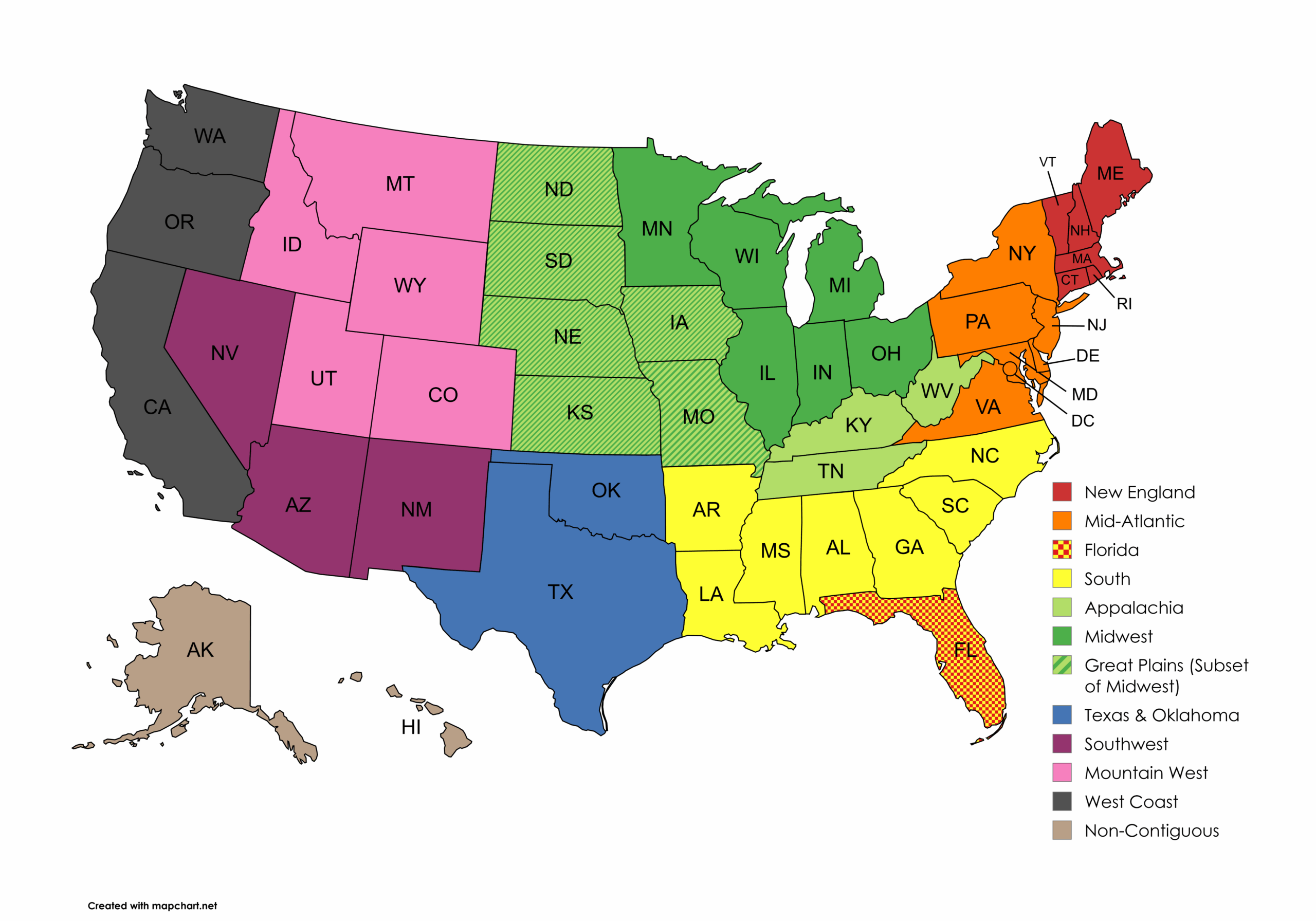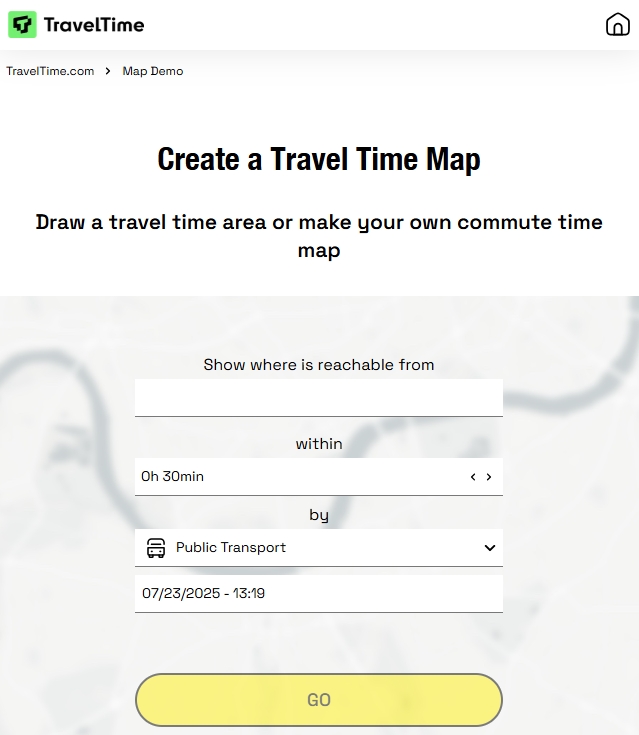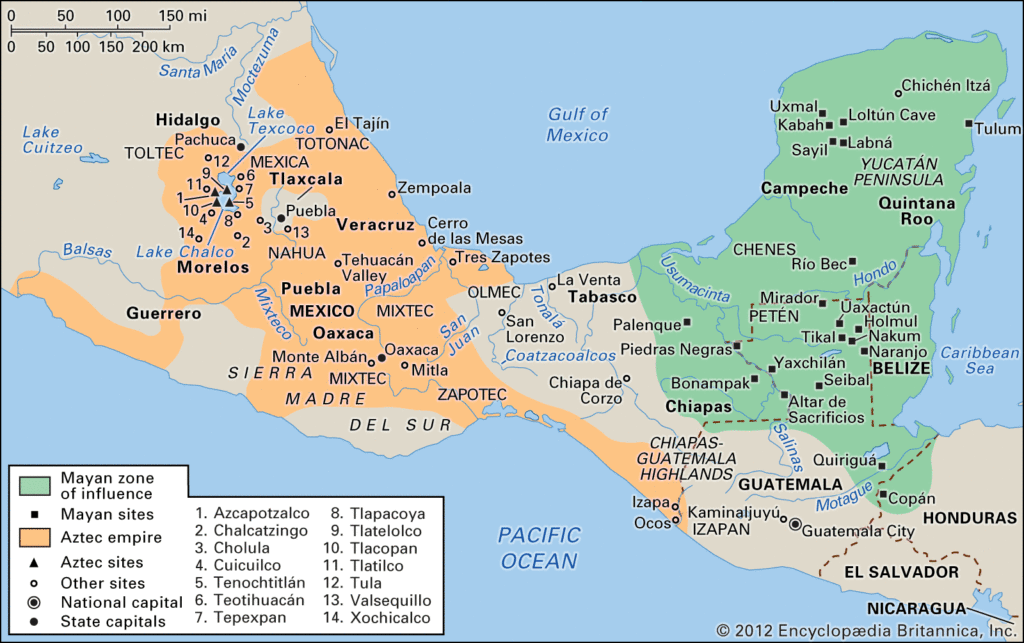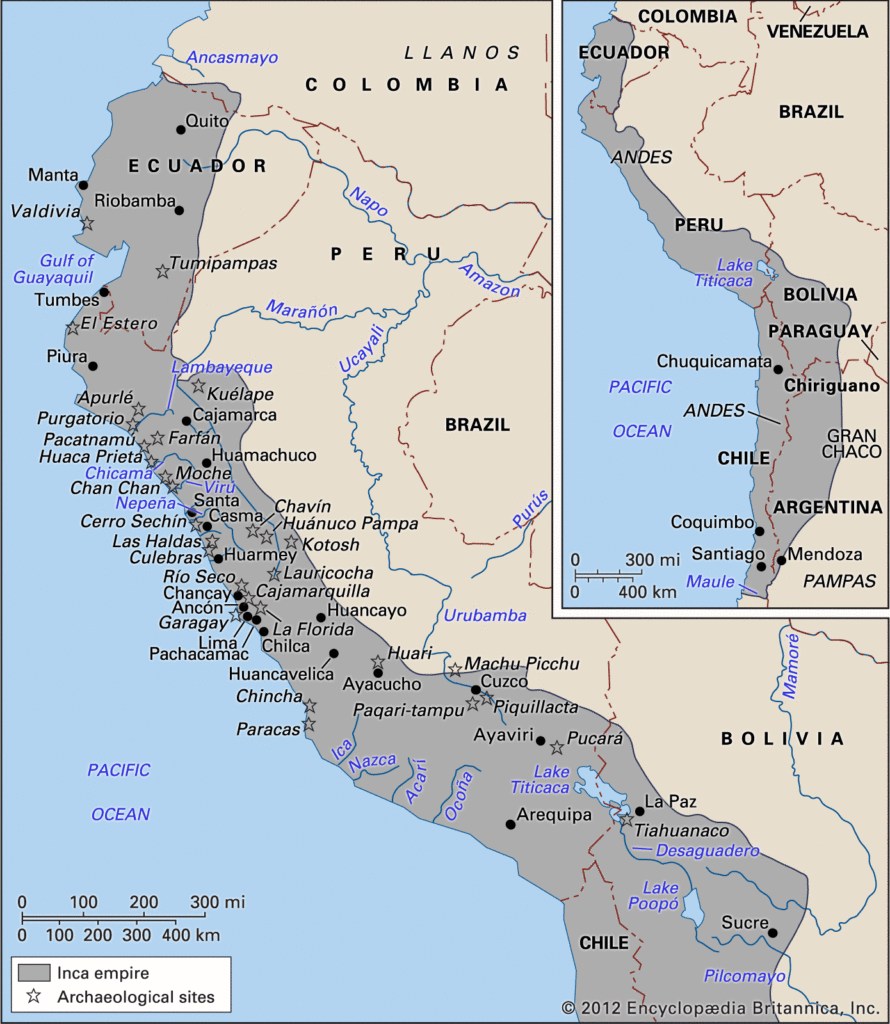The classification of United States regions has sparked ongoing debate for decades. The challenge stems from a fundamental mismatch: geographic and cultural boundaries rarely align neatly with state lines. For truly accurate regional divisions, states would need to be subdivided—a Texas panhandle resident, after all, may have more in common with Oklahoma than with coastal Houston.
In practice, achieving consensus on regional definitions proves nearly impossible. Different organizations—from the Census Bureau to cultural geographers—draw the lines differently depending on their purposes. What follows is probably the most widely recognized approach to dividing America into regions.
















